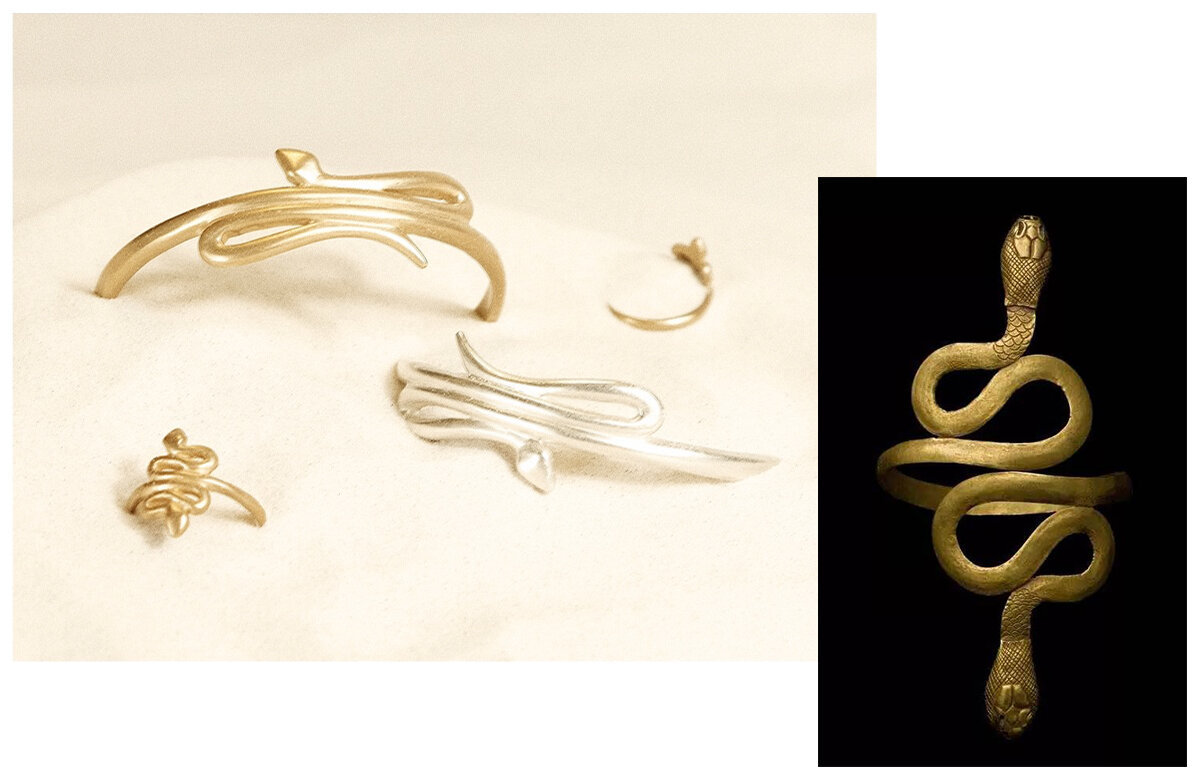I’m obsessed with celestial anything-and-everything. I feel a natural pull towards watching the stars and catching the moon whenever she’s out, in the same way that I’m hypnotized by waves at the beach or a crackling fire.
When I was younger, my love of the moon and stars overlapped perfectly with my interest in Roman and Greek mythology, and when you mixed in my love of stories with female heroes, it’s little surprise that I was obsessed with the TV show “Sailor Moon.”
I just got back from a trip that felt like a jeweler’s pilgrimage, a visit to the annual Tucson Gem Show for stone hunting.
This show is actually made up of hundreds (and I do mean hundreds) of smaller shows happening all over Tucson starting at the end of January, and lots of jewelers will do a majority of their stone shopping for the entire year there. Gem and mineral vendors from all over the world bring their entire supplies of stones, and it can be the one of the few chances a jeweler has to find really unique and rare treasures.






